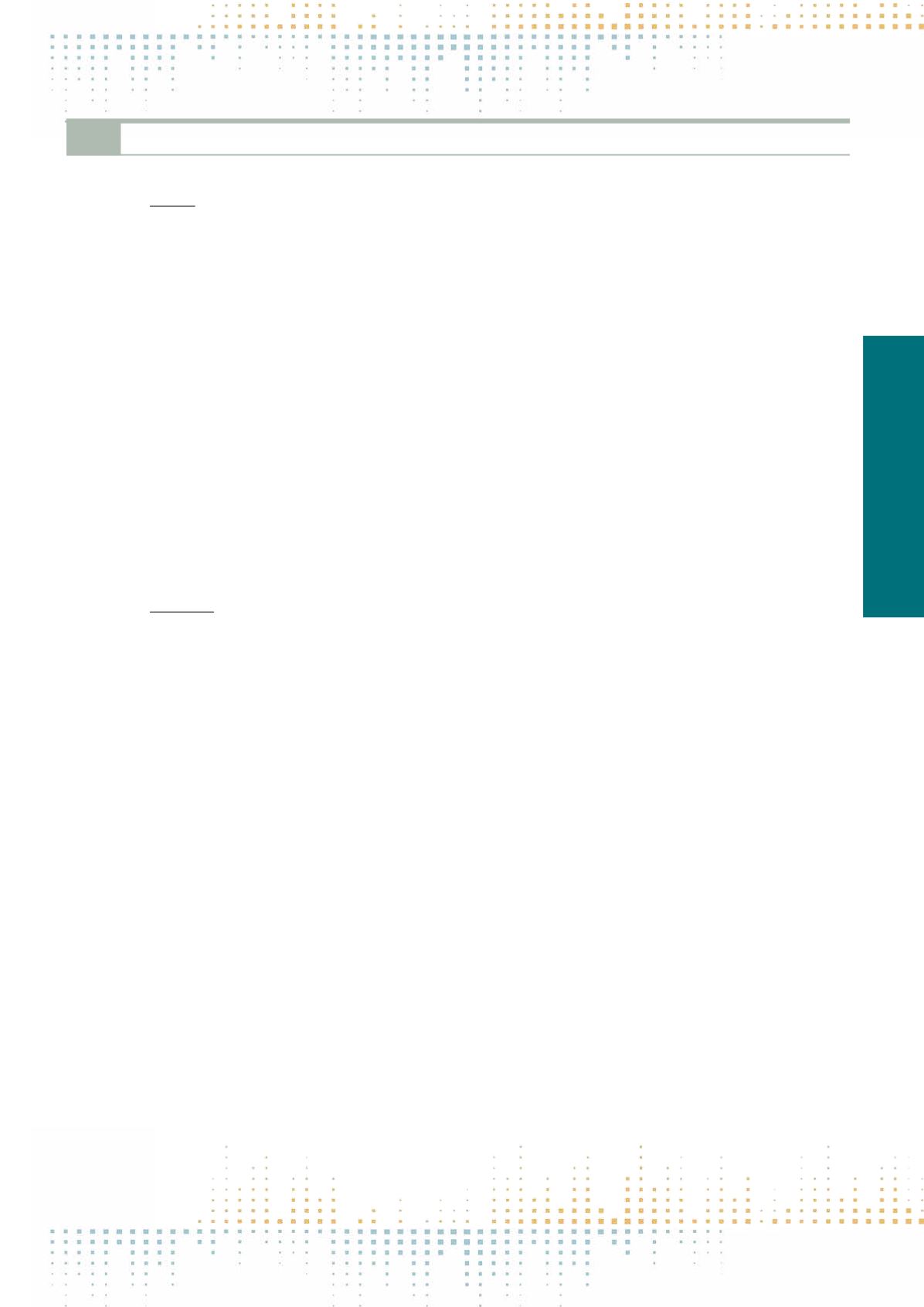

399
Saturday, November 12
0 9 : 0 0 – 1 0 : 3 0
JOS22
Foreign and International Reporting
PP 525
“Cultural” and “Foreign” News Depictions of the 2015 Terrorist Attacks in Paris
K. Riegert
1
, A. Widholm
2
1
Stockholm University, Department of Media Studies- JMK, Stockholm, Sweden
2
Södertörn University, Department of Social Sciences- Journalism, Huddinge, Sweden
Swedish cultural journalism is a broad journalistic sub-field that provides critique and guidance in aesthetic subject areas, as well as debate, reportage,
and essays on recent or enduring political or ethical issues (Roosvall, Widholm & Riegert 2015). In recent years, the cultural desks of Swedish press have
been key players in digitally circulated debates on racism, freedom of expression and democracy. Articles published in the cultural sections have been on
the top 10 lists of the most widely shared news articles on Facebook and Twitter. The distinctiveness of cultural journalism in public discourse regarding
global events, is however still an open question since scholars have traditionally focused on political journalism. Studies of the global justice movements
and the Mohammed cartoon controversy found that the cultural pages were more progressive, contained more context and a greater diversity of voices
and perspectives than other sections of the newspaper (Ekman 2011; Wallentin & Ekecrantz 2007). This study explores how the cultural and foreign news
of Swedish public service television (SVT) and radio (SR) made sense of the terrorist attacks in France in November 2015. The analysis draws on content
and discourse analysis and includes both offline and online news of the week following the attack. Results show that one difference between foreign and
cultural news lies in the reflective and personal frame that characterizes the latter. Whereas foreign news leans on immediacy and turns to political elites
and eyewitnesses, cultural journalism often focuses on cultural elites (prominent writers, journalists, etc.) and explores the broader ethical and democratic
dilemmas that terrorism accentuates, including human rights, ethnic diversity, and freedom of speech.This“cultural filter”, e.g. alternative and multifaceted
understandings of society, has been shown to be a prominent aspect of the professional ideology of cultural journalists working in Swedish public service
media (Riegert, Roosvall & Widholm 2015). However, similar to cultural journalism in other Nordic countries (Hellman & Jaakola 2014; Kristensen & From
2013) our findings suggest that Swedish cultural journalism is increasingly produced within a journalistic rather than aesthetic professional paradigm,
reflected in the many“hard news”cultural items in our sample.The results of this study are part of a larger project investigating the development of cultural
journalism under globalisation and digitalisation.
PP 526
Selecting the News: An International Comparison of Values and Criteria
A. Anastasiou
1
1
University of Leicester, Media and Communication, Leicester, United Kingdom
This paper reports on a comparative investigation of relationships between micro and macro factors at play during the process of news selection, as these
are observed in three countries of different models of journalism: the United Kingdom, Sweden and Greece (Hallin and Mancini, 2004). Though existence
of a unitary type of journalism –even within a single country- is by no means implied, the nation-state level is still deemed appropriate as an important
demarcator of difference (Benson, 2013). The analysis, adopting a ‘field theory’or meso-sociological perspective, bridges micro and macro societal aspects
and facilitates crossbreeding through a combined consideration of views established by both political economic and culturalist approaches (Bourdieu 1998;
Champagne, 2005; Hesmondhalgh, 2006; Benson, 2013). The relationship between micro and macro factors is also served by a societal (as opposed to
a universalist or a culturalist) comparative research design (Hantrais, 1999), and also a study of the proximity to, or distance from, power centres that
the journalistic field has in different countries (Hanitzsch, 2007). The empirical data required for a meso-sociological analysis, that is for identifying and ex‑
plaining power factors (internal or external to the newsroom) influencing the process of news selection, is collected through a combination of quantitative
and qualitative methods (O'Cathain et al., 2007; Plano Clark and Badiee, 2010; Bryman, 2012): a survey via questionnaire (Rea and Parker, 2005) and fo‑
cused group discussions respectively (Kitzinger, 1993), the participants in both being professional journalists in the three countries. The design of the focus
groups involves a‘news selection game’played by the participants (Buckalew, 1969; Eldridge, 1993; Philo, 1993; Helfer and Van Aelst, 2016), where regular
editorial meetings are simulated. The quantitative component of the mixed methods methodological approach is used for the establishment of patterns or
correlations of factors and the extent of prevalence that can be attributed to anecdotal accounts. The qualitative one offers explanations about the direction
of causal relationships; it also allows a deeper view into the dynamics of (not-easy-to-describe or not-easy-to-confess) relationships of journalists with
their sources and other social actors. Quantitative and qualitative data are subject to an integrated discussion and analysis, as they are also derived from two
sets of research sub-questions that consider, and ‘communicate’with, each other. Contextual particularities are considered, not necessarily as determinant
factors but rather as explanatory ‘filters’ in the study of power relations between journalists and other social actors. The evidence produced refers to views
of the participants: (1) on journalistic professionalism and news factors; (2) on the relationship of journalists to centres of power, as well as on the norma‑
tively desired and actually prevailing degree of autonomy of journalists from such power loci; (3) on the role of - internal and external to the newsroom-
factors influencing the process of news selection. Findings are studied separately for each country; then patterns and thematic analyses are compared, so
that the impact of context on the dynamics of news selection is finally assessed.



















